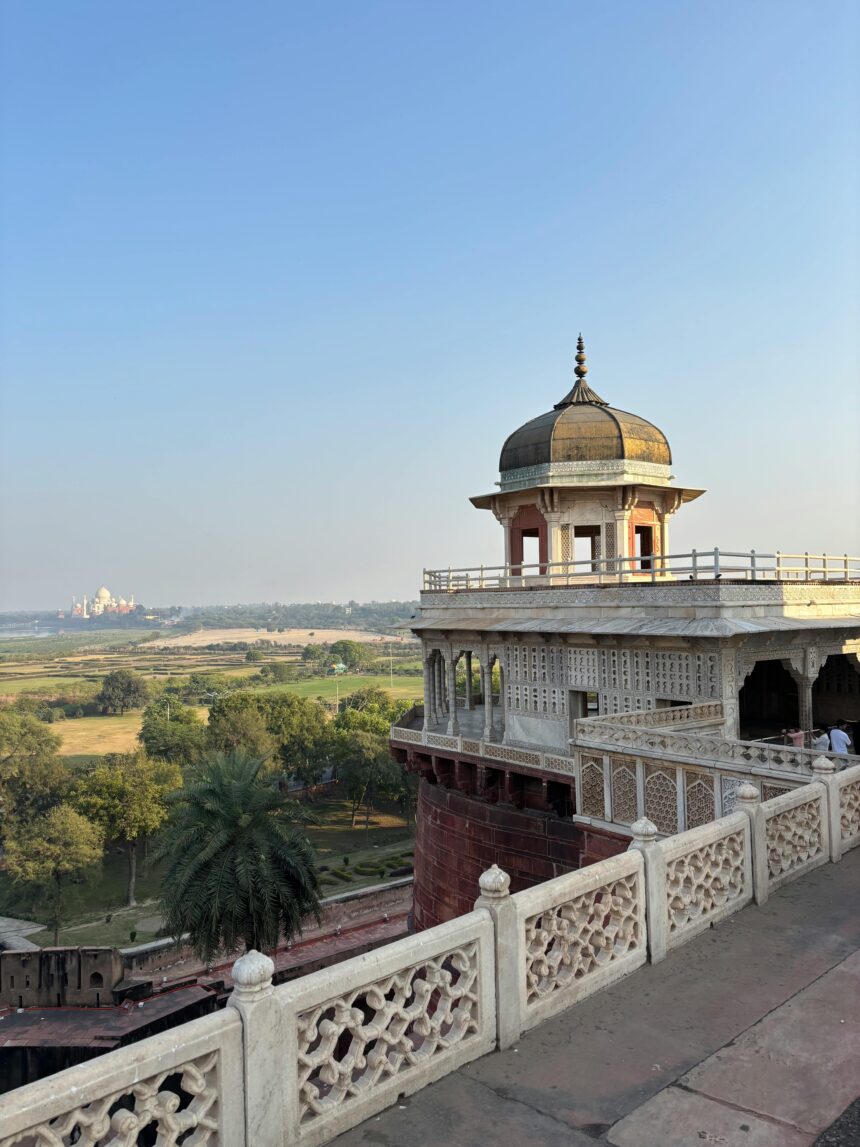From Tradition to Modernity: Exploring the Changing Landscape of Giving in India’s Most Populous State
Lucknow – Uttar Pradesh, a state synonymous with cultural diversity and economic contrasts, is witnessing a shift in its philanthropic landscape. While traditional motivations for giving, rooted in religious and cultural philosophies, continue to influence acts of charity, modern approaches driven by corporate responsibility and personal wealth are gaining momentum.
With a growing number of wealthy individuals and an expanding economic base, Uttar Pradesh is at a pivotal juncture in redefining the role of philanthropy. Are these contributions bridging the gap between privilege and need, or are they merely scratching the surface of systemic challenges?
Key Wealth Indicators in Uttar Pradesh
- Economic Growth: Uttar Pradesh’s Gross State Domestic Product (GSDP) for 2022-23 stood at approximately ₹25.25 lakh crore, reflecting robust industrial and agricultural contributions (State Economic Survey, 2023).
- Wealth Distribution: The state is home to 21,000 individuals with a net worth exceeding ₹1 crore, and several billionaires feature prominently on national rich lists (Wealth Index, 2023).
- Corporate Presence: Cities like Noida and Kanpur host some of India’s leading industrialists and IT entrepreneurs, contributing significantly to corporate philanthropy.
Traditional Philosophies Shaping Philanthropy
1. Religious Charity (Daan)
Rooted in Hindu, Islamic, and Jain traditions, charity has historically been considered a moral obligation.
- Hinduism: The concept of daan (giving) is integral, with festivals like Makar Sankranti and Pitru Pakshaencouraging acts of generosity.
- Islam: Zakat, one of the Five Pillars of Islam, mandates Muslims to donate a portion of their wealth to the less fortunate. Wealthy Muslim families in cities like Bareilly and Aligarh continue this tradition.
- Jainism: Prominent Jain families in Uttar Pradesh engage in ahimsa-based philanthropy, focusing on education and healthcare.
2. Community Giving
In rural areas, collective contributions for community welfare, such as building schools, repairing roads, or funding marriages, remain common.
Modern Approaches to Philanthropy in Uttar Pradesh
1. Corporate Social Responsibility (CSR)
Businesses based in Noida, Kanpur, and Lucknow are increasingly leveraging CSR to address social challenges.
- Examples:
- HCL Foundation: With roots in Noida, it invests heavily in education, healthcare, and skill development.
- Tata Chemicals: Operating in Uttar Pradesh, it focuses on rural development and environmental sustainability.
2. Individual Wealth-Driven Philanthropy
Wealthy individuals and industrialists are making significant contributions to education, healthcare, and infrastructure.
- Notable Names:
- Kushagra Bajaj of Bajaj Group, headquartered in Kanpur, has funded educational institutions and rural electrification projects.
- Manoj Bhargava, founder of 5-hour Energy, has invested in water conservation and renewable energy initiatives in Bundelkhand.
3. Technology-Enabled Giving
Digital platforms are facilitating micro-donations and crowdfunding campaigns for causes ranging from medical emergencies to disaster relief.
- Impact: Platforms like Milaap and Ketto are gaining traction among the state’s urban youth.
Challenges Facing Philanthropy in Uttar Pradesh
- Urban-Rural Divide: While urban areas see significant investment, rural regions often remain underfunded.
- Lack of Coordination: Fragmented efforts by individuals and corporations lead to overlaps and inefficiencies in resource allocation.
- Transparency Issues: Concerns over fund misuse discourage potential donors, particularly in informal giving channels.
- Cultural Barriers: Traditional views sometimes restrict philanthropic activities to specific communities or religious groups.
Opportunities for Growth in Philanthropy
1. Expanding Rural Outreach
- Encourage CSR and individual philanthropy to target underdeveloped regions like Bundelkhand and Purvanchal.
2. Collaboration Between Sectors
- Foster partnerships between government, corporations, and NGOs to pool resources and expertise for larger-scale impact.
3. Promoting Impact Assessment
- Develop systems to measure and showcase the tangible outcomes of philanthropic investments, building donor confidence.
4. Engaging the Youth
- Leverage digital tools to involve younger generations in philanthropy, focusing on causes like education and climate action.
Conclusion
Philanthropy in Uttar Pradesh is evolving from traditional, community-based giving to more structured and impactful initiatives. Wealthy individuals, corporations, and grassroots organizations are stepping up to address pressing social and economic issues.
However, to truly transform the state, philanthropy must go beyond individual acts of generosity and adopt a collaborative, transparent, and inclusive approach. By aligning traditional values with modern strategies, Uttar Pradesh can set a benchmark for impactful giving in India.


Leave a Reply